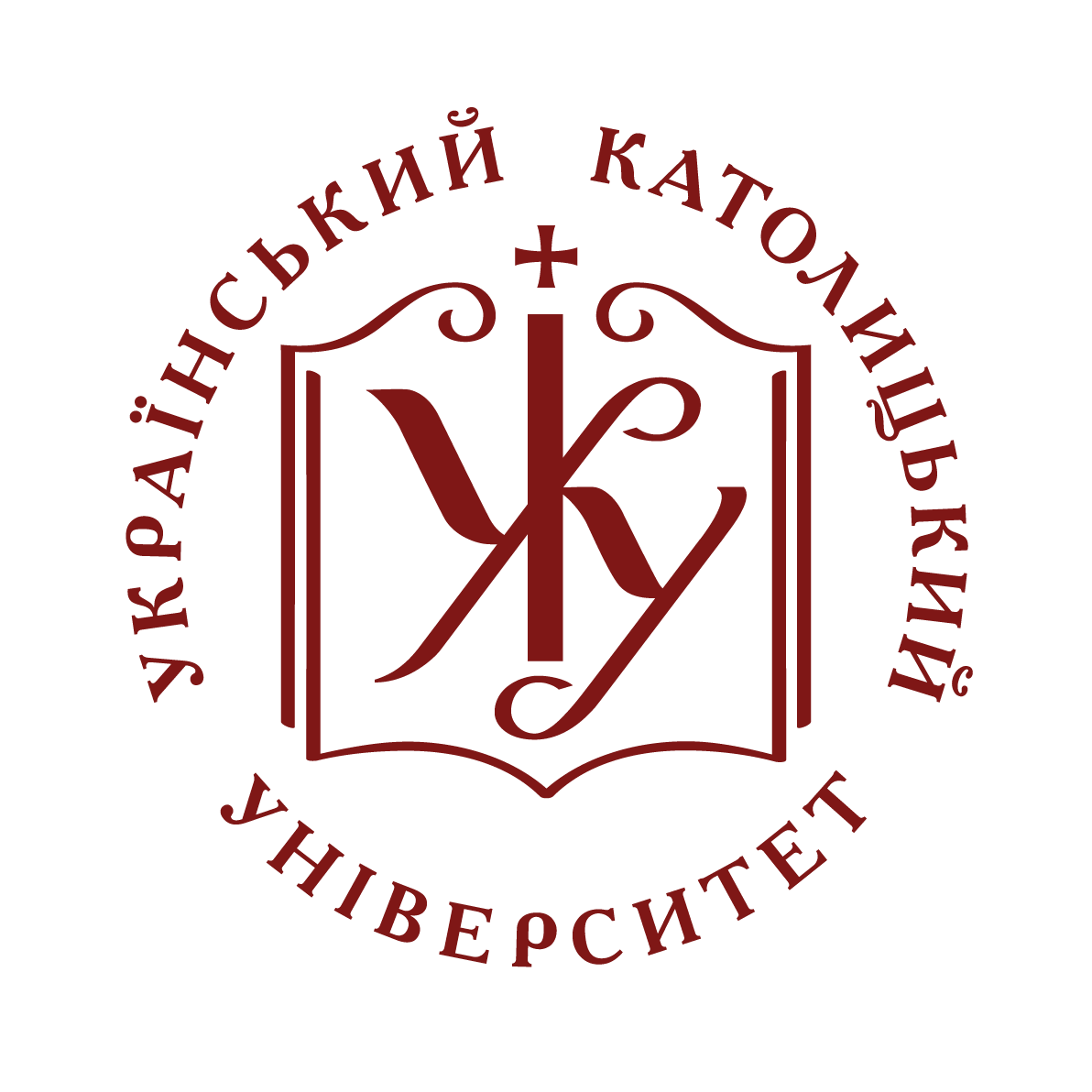- Домівка
- →
- Faculty of Health Sciences | Факультет наук про здоров’я
- →
- Кафедра клінічної психології
- →
- Статті
- →
- Перегляд матеріалів
Сценарії JavaScript вимкнено для Вашого браузера. Деякі функції цього сайту не будуть працювати без них.
Показати скорочений опис матеріалу
| dc.contributor.author | Аврамчук, Олександр
|
|
| dc.date.accessioned | 2022-07-27T07:09:28Z | |
| dc.date.available | 2022-07-27T07:09:28Z | |
| dc.date.issued | 2021-09 | |
| dc.identifier.issn | 2414-004X | |
| dc.identifier.uri | https://er.ucu.edu.ua/handle/1/3175 | |
| dc.description.abstract | У контексті змін умов й вимог навчальної діяльності у часі пандемії COVID-19,виклики підтримки психологічного благополуччя серед студентів стали ще більш актуальними. Карантинні обмеження (в т.ч. фізичне дистанціювання) дозволяють уникати коригуючого досвіду соціальної взаємодії, й очікувано можуть маскувати стійкі функціональні порушення, пов'язані з рівнем соціальної тривоги, та тим самим, посилити уникаючи поведінкові й когнітивні стратегії як значимі. Очікування негативної соціальної оцінки, заперечення власних потреб та невизначеність подальшої перспективи у контексті дистанційного навчання, може збільшити вразливість до соціального тривожного розладу по завершенню карантинних обмежень та необхідності повертатися до звичного життя. Проведений аналіз психоемоційного дискомфорту пов’язаного з соціальною тривогою серед студентів у період пандемії з огляду на напруженість ранніх дисфункційних схем особистості, розширив розуміння механізмів вразливості до порушень психосоціального функціонування. Отриманні результати можуть бути корисними під час розробки навчальних активностей у контексті дистанційного навчання на час пандемії та заходів психологічної підтримки студентів орієнтованих на коригування негативного досвіду соціальної взаємодії та обмеженої автономії. | uk |
| dc.language.iso | uk | uk |
| dc.rights | CC0 1.0 Universal | * |
| dc.rights.uri | http://creativecommons.org/publicdomain/zero/1.0/ | * |
| dc.subject | соціальна тривога, cоціальний тривожний розлад, ранні дисфункційні схеми, студенти, COVID-19 | uk |
| dc.title | Соціальна тривога серед студентів під час COVID-19: роль ранніх дисфункційних схем | uk |
| dc.type | Article | uk |
| dc.status | Опублікований і розповсюджений раніше | uk |
| dc.subject.udc | 159.972 | |
| dc.description.abstracten | The article focuses on social anxiety issues and predis-position to social anxiety disorder during the COVID-19 pandemic, namely the study of dysfunctional schemes as predictors of psycho-emotional distress and social dysfunction in terms of adaptation to new education requirements under quarantine restrictions.The relevance of the chosen topic is determined by the fact that the COVID-19 pandemic, appropriate quarantine restrictions, and changes in educational activity have be-come a significant challenge to maintain psychological well-being among students. Physical ("social") distancing during the COVID-19 pandemic can be expected to make it easier for people to avoid communication while providing short-term relief. On the other hand, there is strengthening by avoiding behavioral and cognitive strategies as meaningful. Social constraints, which allow more avoidance of social judgment, also mask persistent functional impairments associated with pre-existing levels of social anxiety. The analysis's emphasis is on expectations of negative social evaluation, denial of one's own needs, and uncertainty about the future in the context of distance learning may increase vulnerability to social anxiety disorder upon completion of quarantine restrictions and the need to return to everyday life. The author summarizes that analysis of the psycho-emotional discomfort associated with social anxiety among students during the pandemic related to the intensity of early maladaptive schemas. The performed study has expand-ed understanding of the mechanisms of vulnerability to psychosocial dysfunction in this group.The literature review proposed in the article and the results obtained may interest mental health practitioners. They may help develop education activities in distance learning settings during a pandemic and psychological sup-port activities for students focused on correcting negative social interaction experiences and limited autonomy. | uk |
| dc.relation.source | Психологічний часопис | uk |
Долучені файли
Наступні файли містять ліцензії, пов’язані з цим матеріалом:
Даний матеріал зустрічається у наступних зібраннях
-
Статті [23]
Articles



